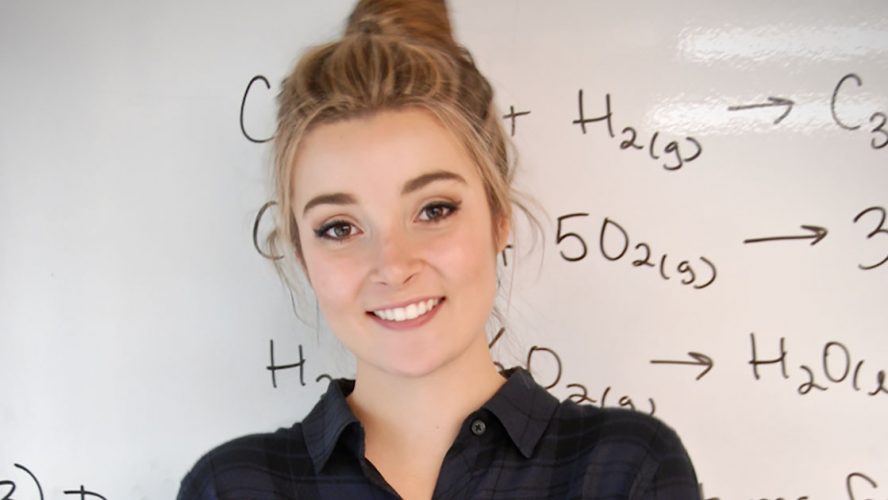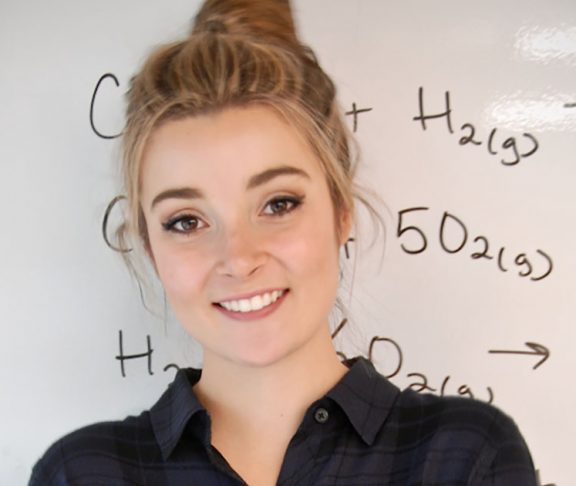As a young girl, I never believed that I was a “science kid.” I preferred reading about the adventures of Hermione over memorizing the properties of helium. It took an inspired seventh grade teacher to change my mind by showing me that the heart of science is in understanding what’s happening in our world.
I vividly remember my first day walking into my middle school biology teacher’s, Mary Cahill’s, classroom. She asked, “How big is the earth in comparison to the sun?” One by one, we went up to the whiteboard and tried to draw it in scale. Nobody got it right. Then she got us up out of our chairs. We moved aside all the desks. She had us draw a giant circle together on the floor, and then mark a tiny dot on the whiteboard across the room as the earth. Representing the size relationship between the sun and the earth, the answer to her question immediately stuck in my brain, but it took many years for me to appreciate why her lessons resonated.
Studies show that kids begin losing interest in STEM as early as third grade. Girls make up a disproportionate number of this group. There’s been a lot of research about how to reverse this trend, and while no one answer has emerged, there’s credible evidence that focusing science education on hands-on problem solving and collaboration is a great first step. The maker’s movement is a good example of this approach. It’s what distinguished Ms. Cahill’s class and turned me into the STEM enthusiast that I am today.
I now live in Los Angeles, working on a social venture called LabCandy and creating educational science content. The goal of both endeavors is to make science more accessible to kids, especially girls. Whenever I do a science experiment on camera, write a science storybook, or design a new pair of funky pink lab goggles, I try to channel the lessons from that seventh grade classroom: that science is a creative, collaborative and fun way to better understand the world. I think Hermione figured that out a long time ago.
Olivia Pavco-Giaccia, Founder and CEO, LabCandy, [email protected]

